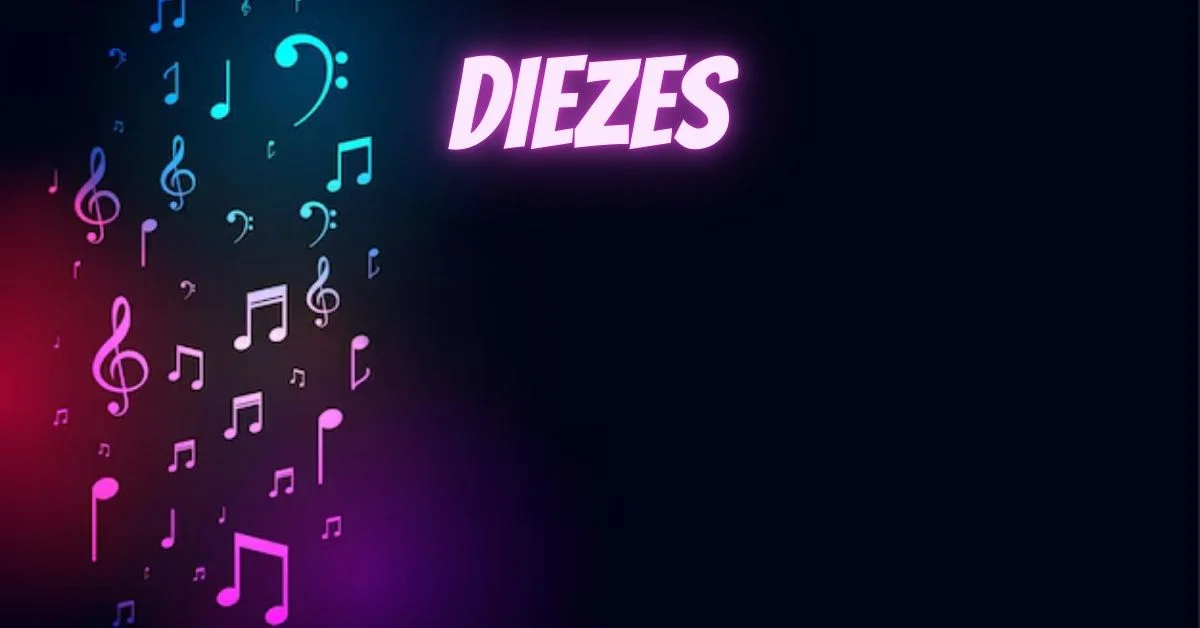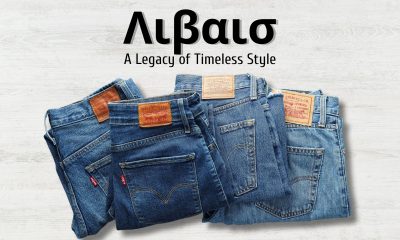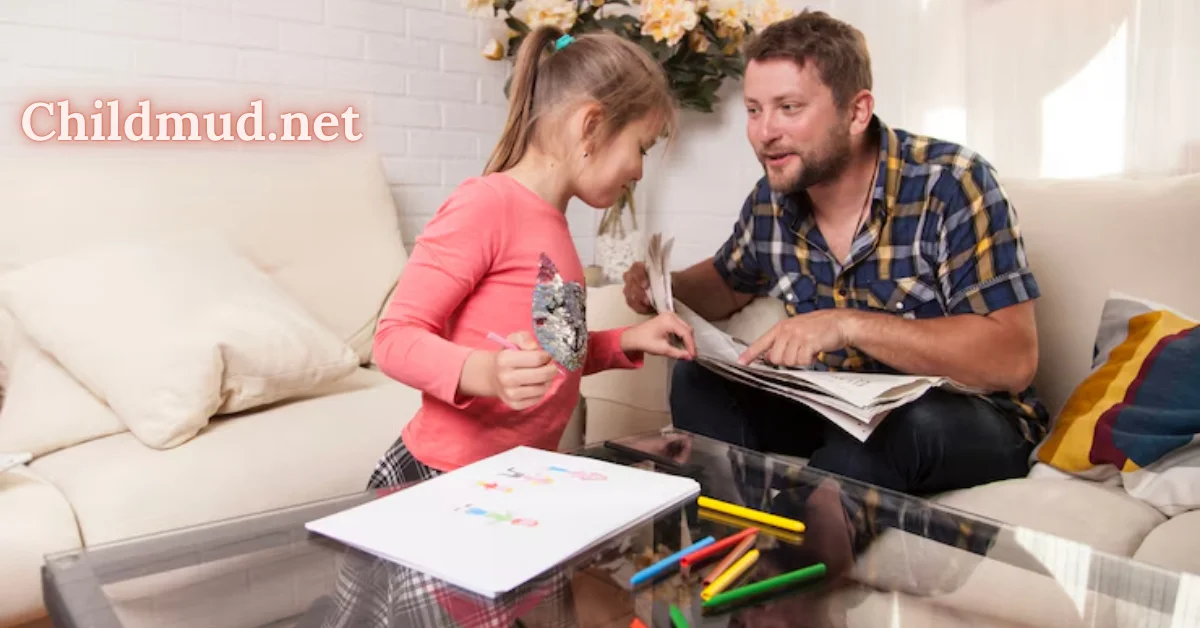In the expansive digital world, a multitude of platforms exist for nearly every niche and interest, yet few strike the right balance between informative content, supportive community, and practical resources for parenting and child development. Childmud.net is one such platform that has quietly but effectively established itself as a vital resource for parents, educators, caregivers, and childhood development professionals. The name may seem whimsical, evoking images of kids playing in the mud — a playful nod to the joyful chaos of raising children — but the site is grounded in serious value.
This article will explore what Childmud.net offers, who it serves, the kind of content and community it fosters, and why it has become an important space in the digital parenting and education landscape.
What is Childmud.net?
Childmud.net is an online platform dedicated to providing rich, research-based information and resources for anyone involved in the upbringing and education of children. Its name metaphorically reflects the messy, complex, yet deeply rewarding experience of raising children — much like children playing in mud. The site recognizes that development is not always linear, clean, or easy, but it can be fun, liberating, and deeply transformative for both children and adults.
The platform combines blog-style articles, expert contributions, interactive forums, downloadable resources, and community-driven content to create a comprehensive, supportive ecosystem for child-related matters.
The Core Audience
Childmud.net primarily serves:
- Parents and Guardians – Seeking practical advice, emotional support, and educational tools to better understand and nurture their children.
- Early Childhood Educators – Looking for curriculum ideas, behavioral strategies, and developmental insights to improve classroom experiences.
- Child Psychologists and Development Experts – Sharing knowledge and research, as well as engaging with others in discussions about developmental milestones, disorders, and interventions.
- Homeschooling Families – Accessing creative lesson plans, academic materials, and peer feedback.
- Caregivers and Nannies – Learning about age-appropriate activities, safety protocols, and communication tips.
Key Features and Content Areas
1. Blog and Articles
The site is well-known for its extensive library of articles covering a wide range of child-related topics:
- Developmental Milestones: Content explaining age-specific physical, emotional, and cognitive development.
- Mental Health: Posts addressing anxiety, depression, ADHD, autism spectrum disorders, and emotional regulation.
- Parenting Techniques: From gentle parenting to behavior charts, the platform embraces diverse approaches.
- Education: Ideas for play-based learning, literacy development, STEM projects, and inclusive education.
- Nutrition & Health: Guidelines on balanced diets, food allergies, and sleep routines for different age groups.
Each article is typically peer-reviewed or written by professionals with backgrounds in child psychology, education, or pediatric health.
2. Interactive Community Forum
One of the most valuable aspects of Childmud.net is its forum. Users can register and engage in topic-specific boards such as:
- Newborn Care
- Toddler Challenges
- Special Needs Parenting
- School-Age Behavior
- Homeschooling Resources
- Teen Communication
These forums are moderated to ensure a respectful, informative, and spam-free environment. Many parents say they feel a deep sense of community here, akin to a digital village helping raise their child.
3. Resource Library
Childmud.net offers downloadable PDFs, worksheets, lesson plans, and behavior charts. Many are designed with input from educators and therapists, making them both practical and evidence-based. A premium section allows access to in-depth developmental guides, webinar recordings, and exclusive printables.
4. Expert Webinars and Interviews
The site regularly hosts live webinars featuring pediatricians, occupational therapists, educators, and even parents who share their personal journeys. Topics include managing tantrums, screen time in the digital age, handling neurodiverse diagnoses, and preparing children for school transitions.
These events are recorded and archived for members to access later, making the resource library even more robust.
5. Parenting Humor and Real Talk
Not all parenting advice has to be clinical or serious. Childmud.net includes a “Real Life” section where users share humorous anecdotes, memes, and stories about the ups and downs of parenthood. This section is especially popular because it reminds everyone that no parent is perfect — and that’s okay.
The Philosophy Behind Childmud.net
At its core, Childmud.net believes in child-centered, compassionate caregiving. The site does not promote a one-size-fits-all approach. Instead, it acknowledges the diversity of family dynamics, cultural traditions, educational needs, and behavioral styles.
Its philosophy can be summarized by these core values:
- Empathy: Understanding that every child and every parent has their unique struggles and strengths.
- Evidence-Based Advice: Promoting methods and techniques backed by developmental psychology and pediatric research.
- Inclusivity: Embracing children with special needs, learning disabilities, or from marginalized communities.
- Sustainability: Encouraging eco-friendly parenting practices, minimalism, and slow living in family life.
Why Childmud.net Stands Out
While there are many parenting and educational websites on the internet, Childmud.net differentiates itself through its combination of science-based information and personal storytelling. Here’s why it stands out:
- Balanced Tone: It merges expert insights with a conversational, accessible tone.
- Authentic Community: Forums and user-contributed stories foster authentic dialogue and solidarity.
- Non-Judgmental Environment: Unlike some spaces that shame parents for their choices, Childmud.net emphasizes support over criticism.
- Regular Updates: The site is regularly updated with seasonal content (e.g., summer activity ideas, back-to-school checklists) and new research findings.
Future Developments
As of mid-2025, Childmud.net has announced plans to expand its offerings, including:
- A mobile app for easier access to forums and resources.
- A mentorship program connecting new parents with experienced ones.
- Translations of its key resources into multiple languages to better serve global audiences.
- A podcast featuring interviews with child development experts, teachers, and parents.
These developments aim to make the platform even more accessible and dynamic, keeping pace with the evolving needs of modern parenting and education.
Conclusion
In a world full of noise, contradictory advice, and overwhelming expectations, Childmud.net offers a refreshing mix of empathy, expertise, and encouragement. Whether you’re a new parent searching for sleep strategies, a teacher needing inclusive classroom tips, or a caregiver looking for community, the site provides a grounded and human-centered space to support your journey.
Parenting is messy. Childhood is muddy. But with the right tools, support, and a splash of humor, Childmud.net proves that the chaos can be beautiful, meaningful, and even fun.


 FASHION11 months ago
FASHION11 months ago
 NEWS10 months ago
NEWS10 months ago
 NEWS11 months ago
NEWS11 months ago
 NEWS11 months ago
NEWS11 months ago
 BLOG11 months ago
BLOG11 months ago
 GAMES11 months ago
GAMES11 months ago
 LIFE STYLE11 months ago
LIFE STYLE11 months ago
 BUSINESS11 months ago
BUSINESS11 months ago





